When you’re launching a campaign, you want to make sure you are tracking its results, right? Of course you do! Campaign tracking is important in order to put tangible numbers and facts to prove the success of your social media campaigns. Tracking your campaigns starts with using a trackable URL. You can create these URLs via the Google Analytics URL builder, which I’ll show you how to use later on.
Tracking your social media campaigns will allow you to understand what traffic sources are working and which ones you can do without. For example, if you have an ad on Facebook and you want to know exactly how many people are going to a landing page from that Facebook ad, you can create a campaign URL that is easily trackable in Google Analytics.
Showing results from these campaigns will help you learn more about your customers, understand what kind of campaigns drive the most business, and manage your marketing budget better. In this post, we’ll go over how to use the Google Analytics URL builder and how to track your campaigns in Google Analytics.
The Google Analytics URL Builder
The great thing about using Google Analytics tools is that they provide great resources on how to use their products. Here’s a tutorial on how to use the URL builder from Google Analytics Help desk. Make sure to bookmark that page, because that is where the Google Analytics URL builder form lives. The two-step process includes entering the URL you want to track, and then applying URL Parameters.
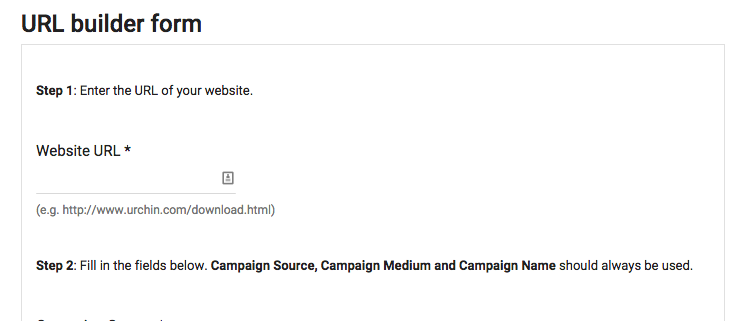
When filling out the URL parameters in step 2, make sure you understand what these different parameters mean. The handy chart below goes over the description of each parameter. For the purpose of tracking campaigns, it’s important that you also create a separate spreadsheet where you track these URLs and campaign names. Doing so will make it easier for you when it’s time to track your campaigns in Google Analytics.
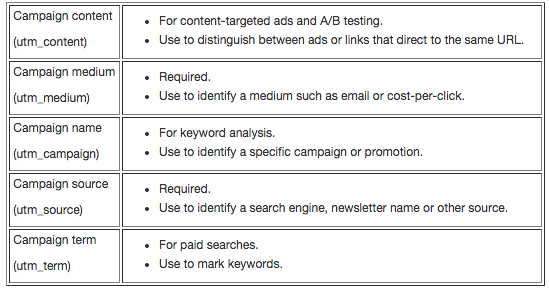
After you have generated the URL, you’ll notice that the URL is quite long and not the most attractive. To make it shorter and have the ability to track the clicks on the link, use a URL Shortener. There are many different types of URL Shorteners, but we recommend using ow.ly.
There are two ways you can shorten your URL using ow.ly:
- on your web browser via the ow.ly homepage;
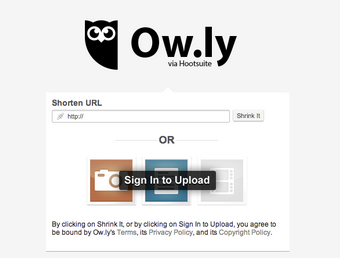
- or via the Hootsuite dashboard
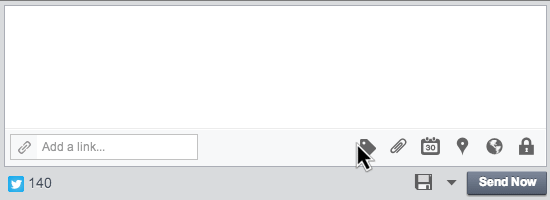
Once you have shortened your URL, you can place this URL as a hyperlink, as a button, in a social media ad, in a Tweet, Facebook post—wherever you want, really, as long as it aligns back to the campaign source and the advertising medium you’re using.
How to track your social media campaigns in Google Analytics
Now that you have your trackable URL for your social media campaigns, it’s time to track and report on your campaigns’ performance.
To do this, log in to your Google Analytics account, under the reporting tab on the left hand side, go into Acquisition, then Campaigns.
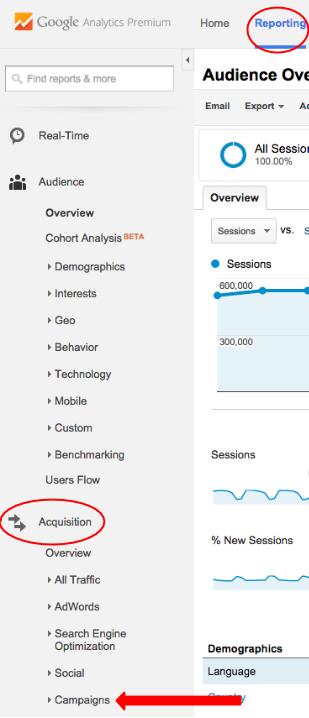
The Google Analytics URL builder will show you all the campaigns that you have created trackable URLs for. Locate the campaign you want to track and start reporting to your boss, boss’s boss, or whoever is interested in how awesome (or not so awesome) your social media campaigns are performing. Below is an example of what you can see under the Campaigns tab.

The above will show you how much traffic each of your campaigns is driving to your website. However, if you want to know how many people are clicking on your links, since you used the ow.ly url shortener, you can track that in Hootsuite Analytics.
Under the Analytics tab in Hootsuite, go into URL Click Stats – Ow.ly, and place the shortened URL you created and click Apply.

Then you’ll be able to see how many clicks that shortened URL received since it was published.
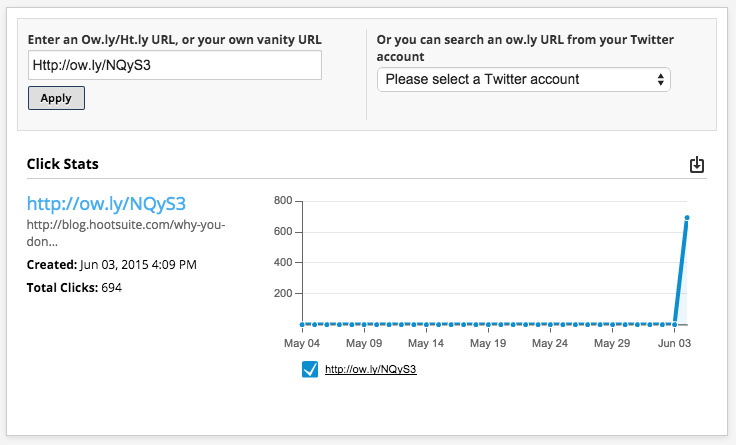
In summary
The Google Analytics URL builder is a very helpful tool to use when creating campaigns. Whether it’s for a social media or email campaign, create trackable URLs to properly identify the campaigns that are most effective in attracting people to your content.